The beauty of Wally Pfister's cinema
 Friday, August 14, 2020 at 8:43AM
Friday, August 14, 2020 at 8:43AM 
After looking at Dion Beebe and Rodrigo Prieto's filmographies, it's time to consider another of 2005's Best Cinematographer nominees. Our subject today shall be the man whose gloomy visual idioms helped redefine the superhero genre and its aesthetic possibilities – Wally Pfister.
The Chicago-born cinematographer was, for some years, synonymous with Christopher Nolan's cinema and, more specifically, The Dark Knight trilogy. Weirdly enough, Wally Pfister never considered himself a big fan of Gotham's brooding protector. His favorite iteration of the character wasn't even the comics, but the campy 60s TV show whose visuals are at complete odds with what Pfister would devise for the 21st century Batman. Still, his career is not all caped crusaders, and the director of photography has established a personal style that transcends genres. Wide lenses, low angles, steely palettes, horizontal motion, and visible light sources are his calling card. At least, they were, before he abandoned the craft of cinematography to try directing.
Here are 10 highlights from Wally Pfister's influential career…
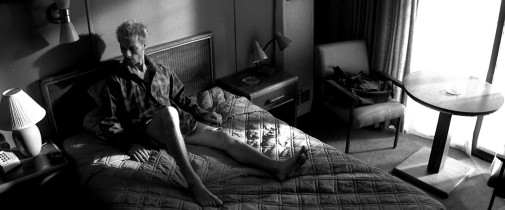
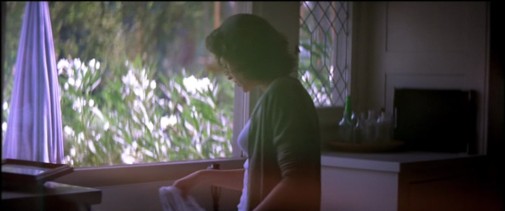
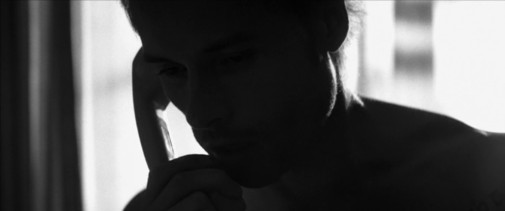
MEMENTO (2000)
After a decade of TV productions and direct to video work, Wally Pfister got his big breakthrough when he worked on Christopher Nolan's Memento. More than the jumbled chronology of the screenplay, it's the photographic contrasts of the film that render its thriller plot into cubist disarray. It's a fractured nightmare of cinematic idioms, antithesis in communion. Think of the tension between the hand-held color footage and the stately noir stylings of the black-and-white film, between early aughts indie realism and Hitchcockian monochrome.
Memento's success would propel Nolan into the Hollywood mainstream and he made sure to bring Pfister along with him.
Memento is available to stream on IMDB TV, Hoopla, The Roku Channel, Kanopy, Pluto TV, and Tubi. You can also rent it from Amazon, Google Play, Youtube, and others.
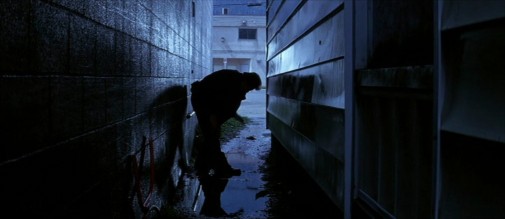
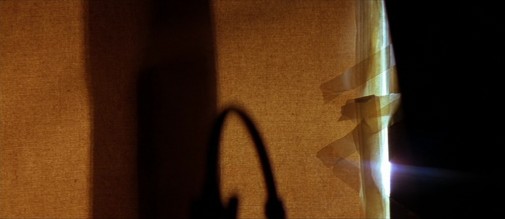
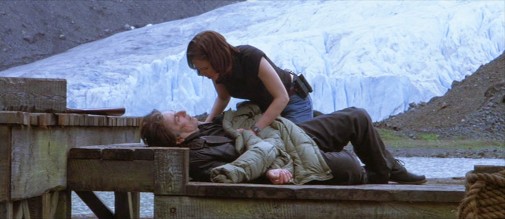
INSOMNIA (2002)
Despite being somewhat forgotten, Insomnia's an important landmark in the filmography of its auteurs. If nothing else, it saw the birth of the Nolan-Pfister aesthetic of steely blues cut through with icy greys. In a film whose atmosphere hinges on the disruptive presence of endless sunlight, the cinematography conjures a kind of luminosity that's never warm but always glacial. It's as if the sky's bleeding into the atmosphere, more infection of brightness than a celestial ceiling. The Alaskan landscape is thus made into something that's both gigantic and claustrophobic through Pfister's lensing. It's impressive without being particularly showy.
Insomnia is available to stream on HBO Max. You can also rent it from Amazon, Google Play, Youtube, and others.
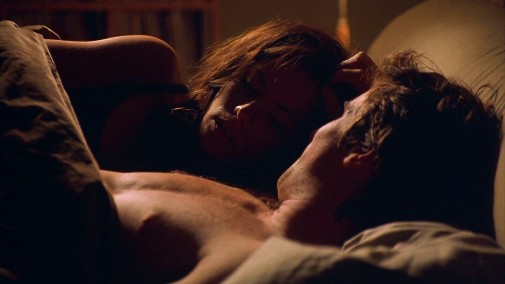
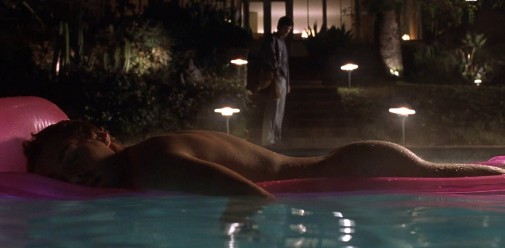
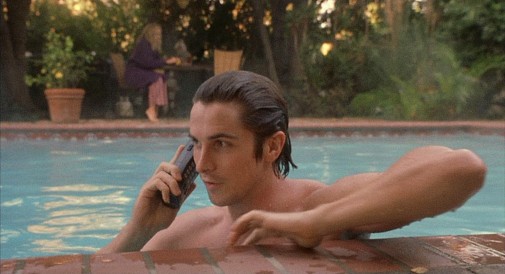
LAUREL CANYON (2002)
Christopher Nolan's bombastic cinema may define Wally Pfister's career, but the director's work doesn't always make full use of the cinematographer's talents. In movies like Laurel Canyon, Pfister shows that he has a keen-eye for voluptuous eroticism, making mundane imagery into harbingers of sexual want and signifiers of desire. In this Lisa Cholodenko drama, every time the camera's pointed at the pool, you can expect some ravishing shot of barely contained lust.
You can rent Laurel Canyon from Amazon, Vudu, Google Play, Apple iTunes, Youtube, and the Microsoft Store.
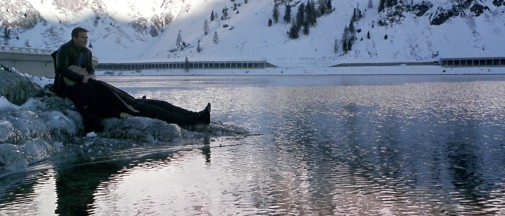

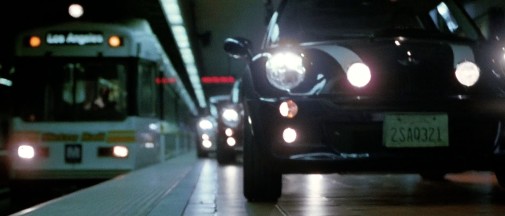
THE ITALIAN JOB (2003)
Looking at something like The Italian Job, it's no wonder that Pfister is mostly known for the lensing of action pictures. There's a tremendous quality to the way he captures kinetic set pieces, making them look pristine without distracting the audience's eye too much. It's poppy, effective work, that's often undercut by the advent of some stately tableaux like a snowy interlude after a heist or a tense dinner at a fancy restaurant.
The Italian Job is available to stream on Pluto TV and Sling TV. You can also rent it from Amazon, Google Play, Youtube, and others.
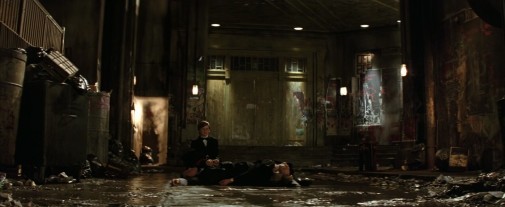
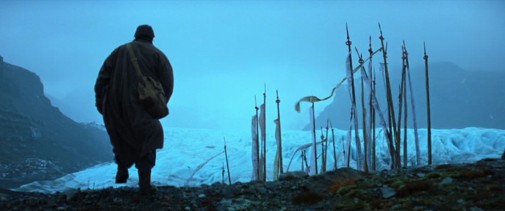
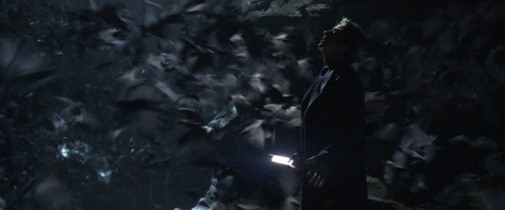
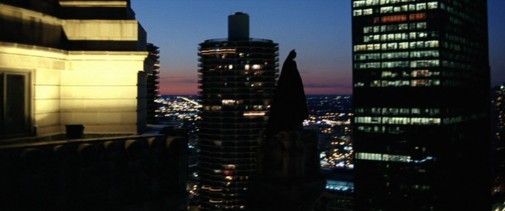
BATMAN BEGINS (2005)
As much as Nolan's movies ground the Batman mythos in a sense of gritty realism, Pfister's always there, ready to underline the mythic part of the equation. Batman Begins, their first portrayal of the hero, has extremely color-coded cinematography, with the Tibet scenes all dipped in glacial blues, while Gotham is a blur of Rembrandt-like browns and gangrenous yellows. Still, Pfister's greatest trick isn't chromatic, but the way he makes Bruce/Batman look like part of the sets, even when in motion. Whether standing against the night sky, lounging in his manor, or perusing a dark cave, the hero is an extension of the architecture, both natural and man-made, like a titan of old.
Even the Academy, which is usually allergic to genre pictures, couldn't stop themselves from nominating Pfister's work in this comic book adaptation.
Batman Begins is available to stream on Hulu and HBO Max. You can also rent it from Redbox, Apple iTunes, Amazon, and others.
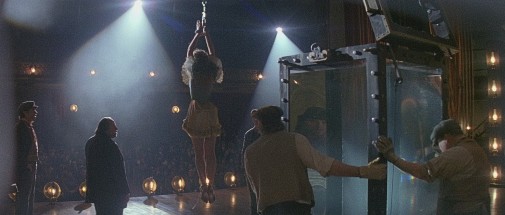
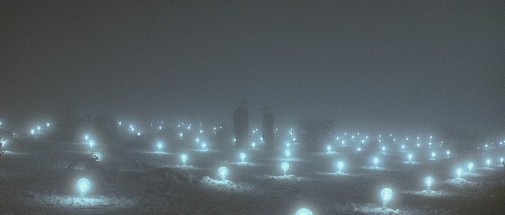
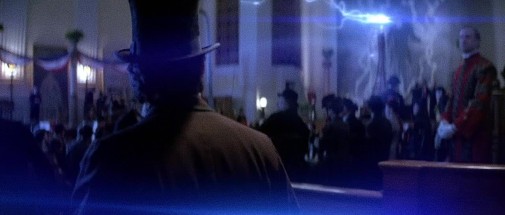
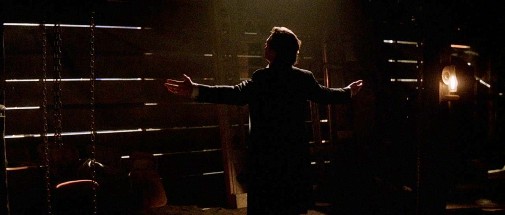
THE PRESTIGE (2006)
Christopher Nolan's twisty tale of vengeful illusionists is one of his most unusual looking pictures. Its images are often cluttered, with the form of Pfister's shots being dictated by the ornament-heavy sets rather than the people inhabiting them. It's a cold, detached sort of filming style, one that's both peaceful and menacing, suggesting an old murky world on the cusp of electric modernity. He films David Bowie entering the film through a wall of electricity and, just for that, Wally Pfister earned the Oscar nomination he got for The Prestige.
The movie's available to stream on DirecTV. You can also rent it from Amazon, Google Play, Youtube, and others.
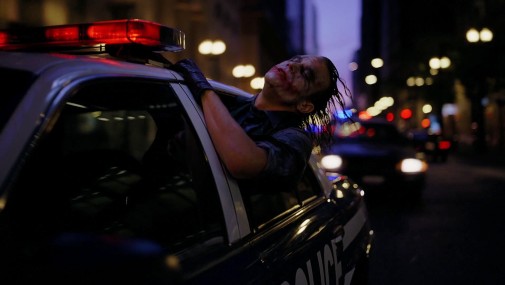
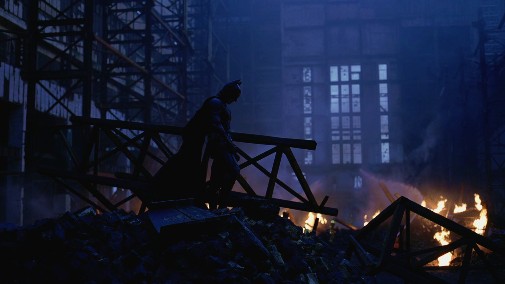
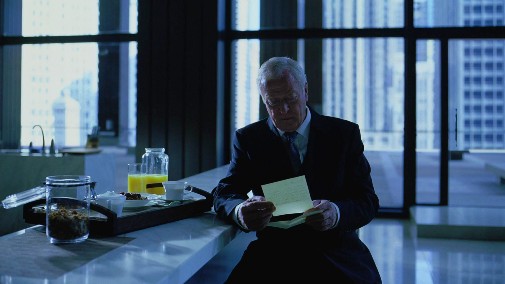
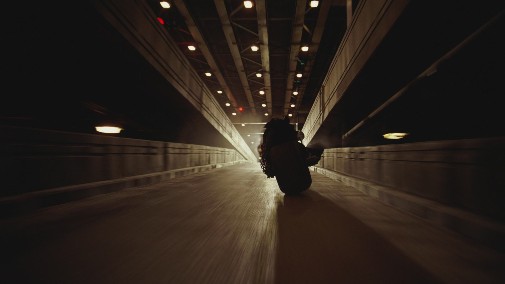
THE DARK KNIGHT (2008)
In his first foray with the magnificent size of IMAX, Wally Pfister made what is probably his magnum opus as a cinematographer. With The Dark Knight, he found an eerie serenity in the chaos ignited by Ledger's Joker. In a universe consumed by disorder, drowned in the blue of perpetual twilight, this villain glides through the city, a brushstroke of violence painted across a canvas of distant lights. It's breathtaking work, as beautiful as it is evocative of a world plunged into hell. Pfister lost the Oscar to Slumdog Millionaire's Anthony Dod Mantle, but he should have won.
The Dark Knight is available to stream on Hulu, HBO Max, and DirecTV. You can also rent it from Amazon, Apple iTunes, Redbox, and others.
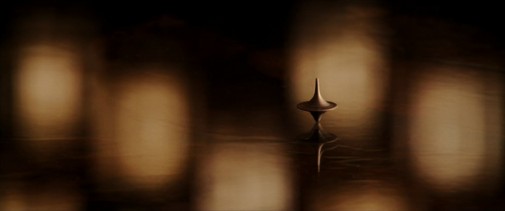
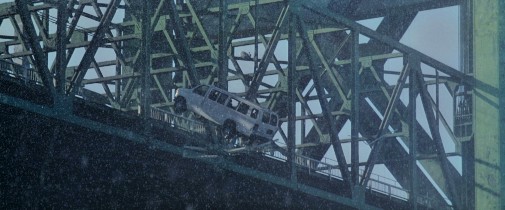
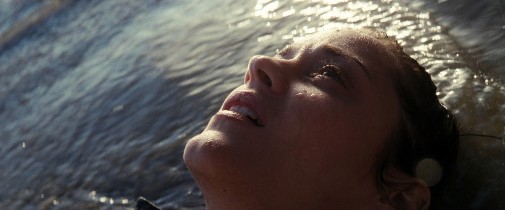
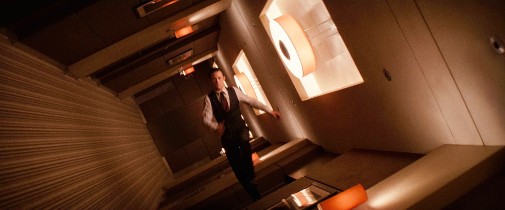
INCEPTION (2010)
Wally Pfister won an Academy Award on his fourth nomination. His lensing of Inception both delineates the parameters of oneiric unreality of the movie, as well as grounds its reveries in the pretense of realism that characterizes every Nolan flick. When the director was forced to embrace VFX because of his narrative's premise, Pfister was there to elevate every bit of digital wizardry with his gorgeous cinematography. Even though I might have voted for some of the other nominees, Pfister's was a well-deserved Oscar victory.
Inception is available to stream on Amazon Prime Video, Fubo TV, and TNT. You can also rent it from Amazon, Google Play, Youtube, and others.
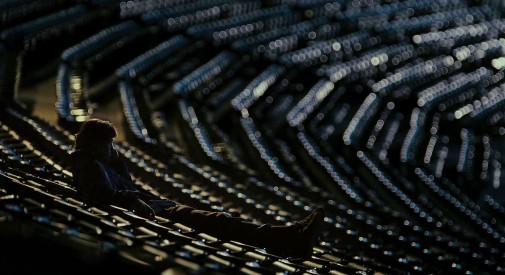

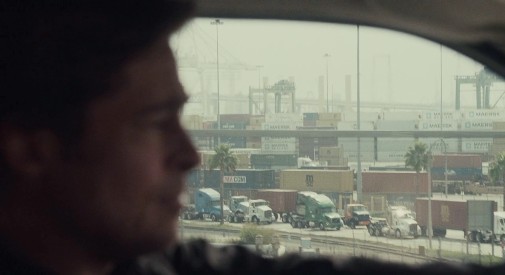
MONEYBALL (2011)
For a baseball movie, Moneyball's visuals are surprisingly unromantic, drained of any nostalgic glow. Instead, it's mournful, deeply so. Pfister, who's always been quite brilliant at capturing little character moments, is at home in this milieu of quiet solemnity. He aggrandizes the lone gesture into the majesty of a proud monument. He makes cathedrals of beautiful solitude out of lone figures lost in the space of the baseball stadium. He also makes Brad Pitt look great, but that's not hard.
Moneyball is available to stream on Starz and DirecTV. You can also rent it from Amazon, Google Play, Youtube, and others.
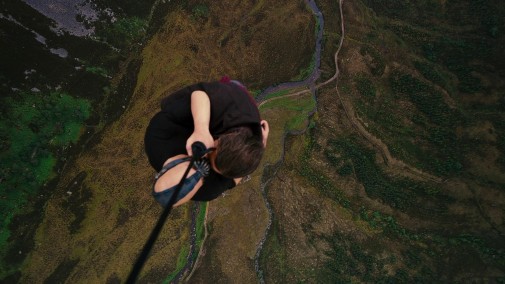
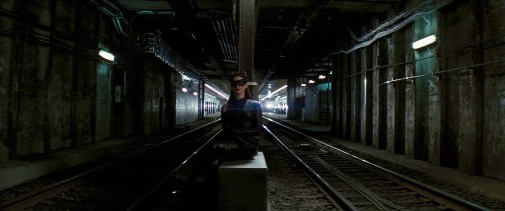
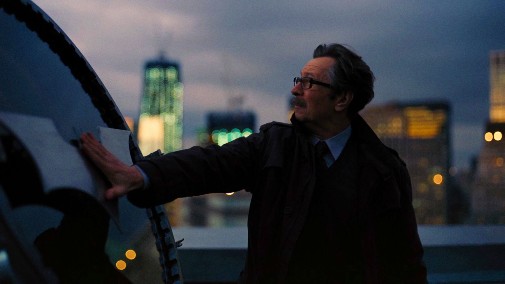
THE DARK KNIGHT RISES (2012)
With the end of The Dark Knight trilogy, Wally Pfister said goodbye to Nolan and the craft of cinematography. At least, he did so for the time being. Whether he returns to this facet of filmmaking or not, this is an appropriate final hour. As Nolan's Gotham City finally becomes New York instead of Chicago, so does its color palette expand beyond its original bounds. Still, there's a severity to the images, creating a sense of austere splendor. The movie's a gilded casket, spectacular but fatalistic to the core. A testament in the form of cinema.
The Dark Knight Rises is available to stream on Fubi and Sling TV. You can also rent it from Amazon, Google Play, Youtube, and others.
What's your favorite film shot by the great Wally Pfister? Do you wish he continued to work as a cinematographer or are you happy with his new forays into directing?



Reader Comments (13)
Beautiful piece about beautiful work, thank you. Favorite film shot by him - Memento. But his work is crucial to making Moneyball and Laurel Canyon (thanks for reminding me of that shot) as very good as they are. And great points about Batman Begins. I'd have voted to give that Oscar to Libatique, but I don't mind Pfister wining. So much strong work.
Wally Pfister. Great cinematographer and yes he could.... ;)
The Italian Job (2003) was intended to be an anamorphic affair. But Paramount said spherical only which meant 1.85 standard or Super 35 as their widescreen option.
If ever a name were more perfect for the “I hardly know her” punchline, I haven’t seen it.
His lensing for Moneyball is my personal favorite. Memento is probably his peak. And that shot of Ledger in the car is justifiably iconic.
His work for Nolan is handsome but boring after a while, especially because Nolan doesn't have a great visual sense. I think "Moneyball" is my favorite.
I think Inception is my favorite work of his and a well-deserved Oscar win. The film's coherence relies heavily on the audience knowing exactly which dream layer we're in at any moment, and its his visuals that keep them all distinctive and identifiable throughout its propulsive twisty narrative.
I haven't seen The Prestige since the theatre, but those stills are gorgeous.
I'm not a fan. That's not my comment.
At least I know who he is now,this look is not something I appreciate,everapart from Laurel canyon,I find those Batman movies nasty little films.
Fine enough work. Lmao at Peggy Sue's first comment. Very witty and lighthearted, a return to form from a valued commenter, so kudos. Glad to see we can still have fun and not just be glum and serious even in comment sections during these dark times.
I'm not THAT Lucy.
Lucy we're getting gold in the comments from imposters. Grade A comments with zero effort. I'm just taking the win.
AGAIN. NOT MY COMMENT.